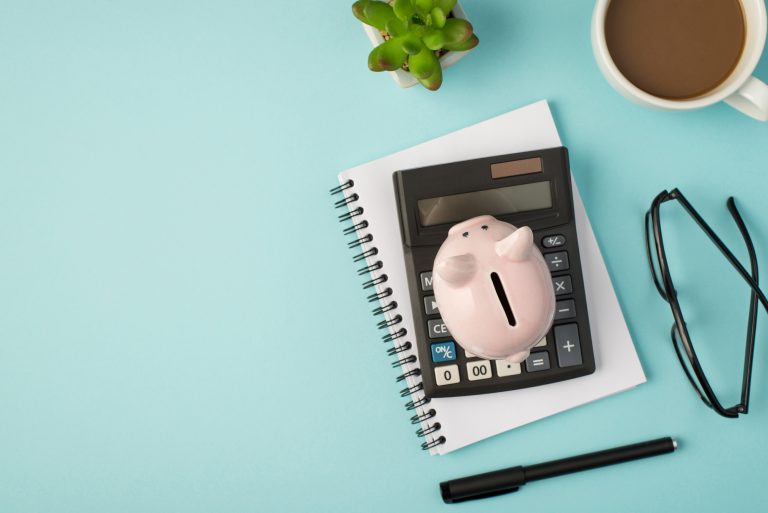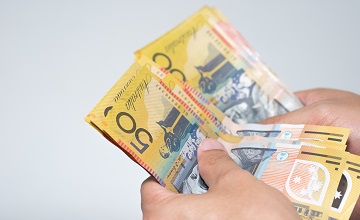Fixed rate mortgage expiring… Now what?
If your fixed interest rate expiry is coming up, you might have started to think about what happens next and what action you need to take. Or you might be…

If your fixed interest rate expiry is coming up, you might have started to think about what happens next and what action you need to take. Or you might be…

Depositing cash in a savings account or a term deposit are the most common ways to invest your money. But, how do you know which is right for you? First,…

Talk about hammering the plastic. In November 2021, Australia’s 13.2 million credit card accounts were used to make over 292 million transactions with a total value of $31.9 billion. Card…

That $50 note in your pocket. What’s it worth? “$50,” you say, probably thinking it’s a dumb question. But is it really? Or a sheet of plastic and a bit…
End of content
End of content